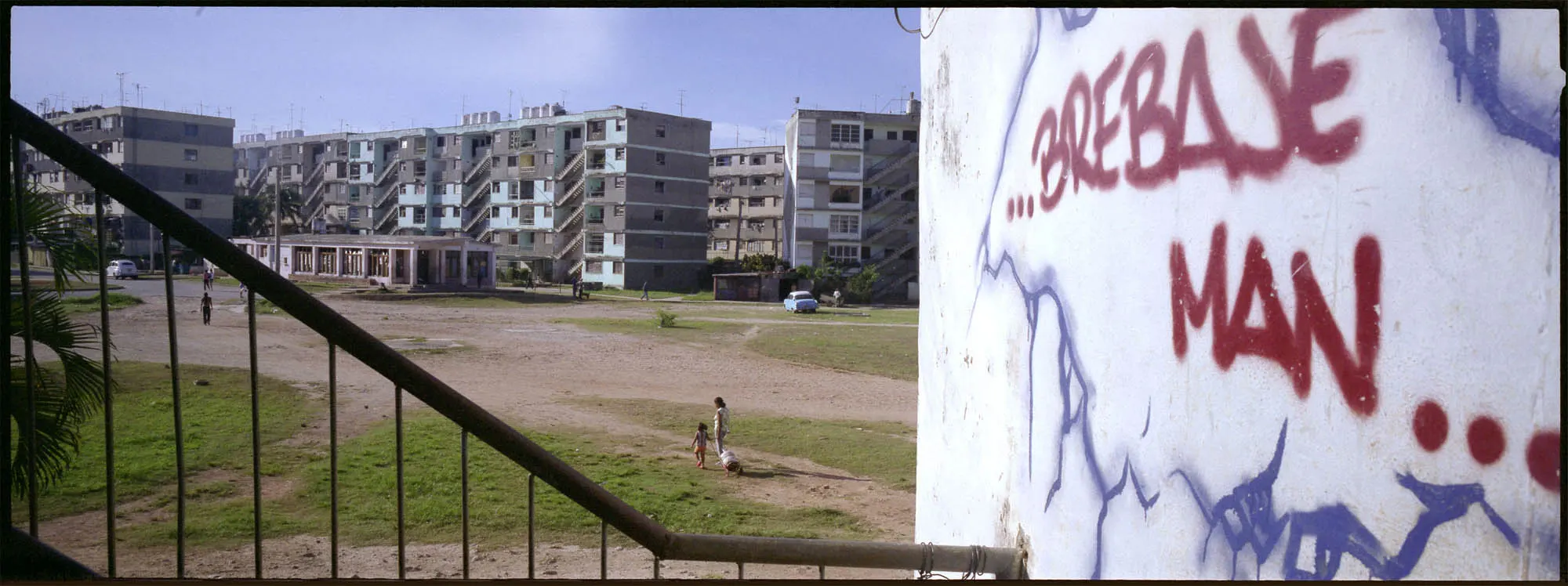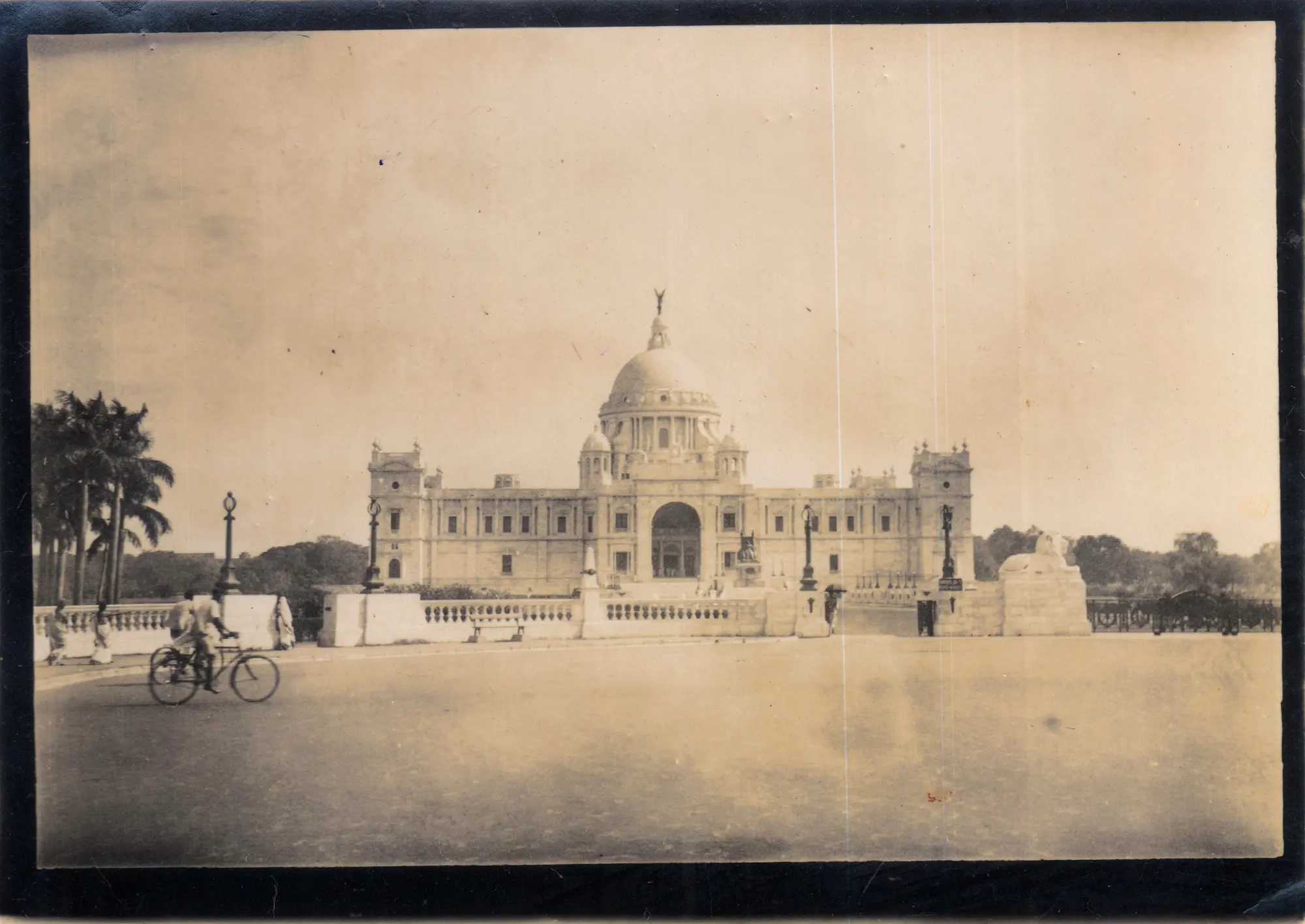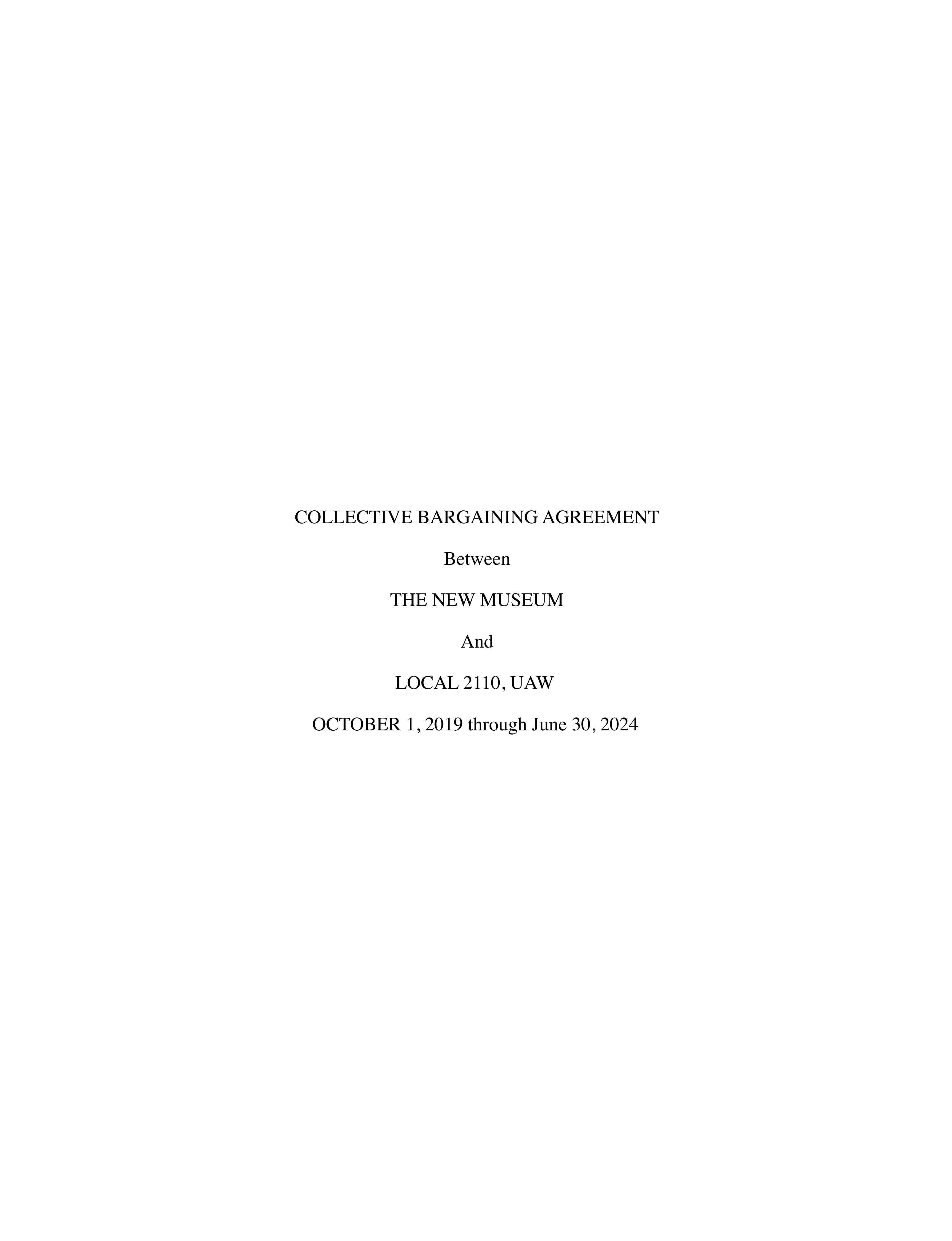For a country whose politics can appear opaque, the Republic of Cuba offers revelations for those willing to seek them. Along the limits of political conversation in contemporary Cuba is the Cuban Rap Agency (Agencia Cubana de Rap). Established in 2002, three years after Culture Minister Abel Prieto’s now-famous call to “nationalize rock and rap,” the Rap Agency is a state-sponsored organization that has outwardly aspired to promote and market Cuban hip-hop music on the island. Since then, the government of Cuba has initiated a productive—albeit, at times, uneasy—embrace of rap’s young progenitors. State representatives have gone so far as to mull the music’s “revolutionary” potential as “an authentic expression of Cuban culture.”
Defining culture in ideological terms can itself reflect a preoccupation with economies on the margins, as Cuban state actors tend to emphasize. But despite its political valence, Cuba’s investment in hip-hop culture is best seen as a reflection of the government’s multifront response to an increasingly globalized media environment—one at odds with the state’s residual and seemingly anachronistic socialism. The very existence of the Rap Agency thus raises questions about culture’s ability to sustain an institutional program within a “revolutionary” framework. In light of hip-hop’s increasingly dominant orientation in global culture, how does rap coincide with the language of liberation?
Cuba’s decades-long effort to “re-invent situations” by reshaping hip-hop in the country’s self-image calls to mind an idiosyncratic attempt to reintroduce the genre to its apparently revolutionary roots. The Cuban party-state has guided this process by a consciously layered and ironically-inverted means of détournement. This is to say that Cuba’s cultural efforts—enshrined in the Rap Agency—embody the way forms shaped by global capital, like rap, are re-examined and (re-)redefined as counterculture. That this intervention has been mediated by the state alone makes it, like much else about Cuba, unique. Ultimately, the kinds of cultural processes that define the island nation provide avenues for approaching alternate models of association and cultural participation at social margins.
In March 2007, the journalist Dalia Acosta declared hip-hop in Cuba dead by scholarly consensus. Reflecting on the findings of a study sponsored by the University of Havana, Acosta wrote that hip-hop was “struggling to survive in a country where it lacks performance venues, receives only weak institutional support, and has to compete with more commercial music styles,” namely its younger sibling rival reggaetón. In the article—aptly titled “Hip-hop is out, but Rap is Definitely Cool”—Acosta further quoted an anonymous musicologist from the state-run Cuban Institute of Music (ICM), who said, “I think […] the hip-hop movement is on the wane, perhaps because it has already fulfilled its social function, or because its historical time is over.”
The musicologist’s sentiments are reflective of a distinctly Cuban concern with political memory and social utility, all in the face of uncertainty. This is especially so, considering the then-recent end of economic troubles (amid a thaw in Cuban-Russian relations) as well as Cuba’s political leadership changes, initiated by Fidel Castro’s retirement announcement the year before. But, with hindsight, the statement is no less jarring—even ironic—given that, mere months later, Acosta wrote another article documenting the sheer diversity of Havana’s underground rap scene.
In this article, conversely titled “Rap Calls for ‘Revolution Within the Revolution’,” Acosta quotes a long-time hip-hop artist named Afro Velásquez, who says, “Our dream is to sign a contract with a foreign record company … But the most radical, the most orthodox, don’t want to be bound to any recording company.”
That Velásquez would use the words “radical” and “orthodox” in such a pointed way evinces the curious and seemingly contradictory position in which Cuban society finds itself. In Cuba, to be called socially orthodox—a term that, anywhere else, might imply conservatism—here reflects one’s commitment to the revolution. To be called radical means the same thing.

While some underground artists profiled in Acosta’s later article maintained their independence from—or even defiance of—state authority, they nonetheless all framed their music in revolutionary terms that mirror the state’s ideological language. One artist, allegedly detained by police for his outspoken lyrics, plainly spoke of a desire to see the country “revolutionize the political sphere and the minds of the people.” His words read like something out of Che Guevara’s diaries: Motorcycle, Congo, Bolivian.
Two years after Acosta’s articles, Catherine Jheon profiled the director of the Cuban Rap Agency, Susana García Amaros, in an article for The Toronto Star titled “Hip-Hop, Cuba’s New Revolution.” In the article, García was careful to praise the involvement of state authorities as crucial to the wider visibility of Cuba’s burgeoning hip-hop culture. Jheon also interviewed affiliated artists, one of whom likewise affirmed that the Agency had been, in his words, “an important tool for my music and my career.” And so, the inconsistent proposals offered by state sources in both Acosta’s articles and in Jheon’s—wavering between the twin poles of self-importance and blunt recognition of economic reality—suggest that the government’s official statements are at odds with what it is willing to admit in private: When viewed from a purely economic angle, the state’s participation in hip-hop has yielded uneven results. Indeed, Acosta’s earlier article makes clear that many Cuban youth seem more attracted to the “commercial” alternatives offered elsewhere in the circum-Carib world than they are to state-sanctioned rap.
Nonetheless, the varied attitudes to hip-hop shared among both state-aligned and more “apolitical” actors shed light on a reality that exists in spite of the residual Cold War-era stereotypes: Cuba, in fact, does possess a diverse cultural dialog, as well as a changing politics.
The Cuban government’s official position on hip-hop has itself changed. It has softened from the stance of consternation it adopted in the early 1990s—when the state initially rejected the genre as a product of global capitalism’s excesses, or, worse, a counter-revolutionary export—shifting to open embrace by decade’s end. This change, both real and radical, was in no small part due to the profound austerity and cultural conflict that characterized Cuba in the 1990s, during the country’s so-called “Special Period in a Time of Peace.”
Initiated by the dissolution of the Soviet Union—till then, Cuba’s top source of foreign aid and subsidy—the Special Period was defined by a Cuban economy in free-fall. The economic situation greatly exacerbated the degrees of scarcity and social precarity experienced by everyday Cubans, already severe from the longstanding United States-led blockade. These changes forced the Cuban state to quickly “pivot to culture” in the face of an unprecedented and rapidly changing geopolitical situation. Equally important, the Special Period fostered burgeoning underground economies that trafficked not only in physical goods, but ideological imports from abroad. Fittingly, hip-hop came to Cuba by these very accidents of globalization—literally smuggled in, as the story goes, in the form of a twelve-inch copy of Sugarhill Gang’s “Rapper’s Delight.”
In any sense, by the time of the Special Period, the island was already culturally primed for the genre’s arrival. In a 2002 report on race and identity in Cuba by the North American Congress on Latin America (NACLA), Margot Olavarria writes evocatively of the moment:
Half an hour’s drive east of Havana is the suburb of Alamar, home to 300,000 Cubans … It was here that in the 1980s, young residents would construct antennas to put out on their balconies to capture the sounds of “la Mona,” R&B and rap music from Miami radio stations WEDR 99 Jams and WHQT Hot 105. That is how the sounds of U.S. hip-hop arrived … Young, mostly black Cuban men adopted the genre, first by imitating it and eventually infusing it with their own roots and reality, transforming it into a space for self-expression that both reflects and constitutes their identity.
In light of this chronology, it can be said that moments of upheaval like the Special Period cast a particularly strong shadow: against Cuba and the kind of complex sociocultural gestures that allowed for rap to emerge on the island. In this way, Ariel Fernandez, an editor of the Rap Agency’s magazine, Movimiento, points out that rap became first and foremost the “natural language” through which Cuban discontents—often young people born well after the revolution—could feel comfortable voicing social criticisms within a shared idiom constituting “constructive” personal-political narratives.
This phenomenon naturally evolved with a distinctly Cuban flavor of incorporation and cultural perseverance. Even before hip-hop, much of Cuba’s widely-exported popular music reflected the kind of assimilative, “melting-pot” tendencies possible at diverse cultural margins. In a 1999 feature in the Village Voice titled “La Revolución Embraces Hip Hop, with Fidel’s Blessing,” Danny Hoch argues that Cuban rumba—a genre derived from combining Africanized rhythms and instruments with a distinctly Afro-Hispanic orality and featuring storytelling and chanted rhyming—was “arguably … the first rap in the Americas, far predating Jamaican toasting.” As Fernandez himself puts it, the “transfer of culture” manifested by rap’s emergence in Cuba suggests “not a ‘phenomenon that fell out of the sky’,” but, rather, reflects residual cultural conventions of assimilation that have always been present on the island.
Thus, understanding Cuban hip-hop as a reflection of national subjectivity provides one key to which the seemingly paradoxical nature of the country’s current climate may be unlocked. In this sense, Afro-Cuban hip-hop affirms a national narrative, solidifying a broader countercultural offensive against globalhegemonies, those from los Yanquis or otherwise. In this social sense, Cuban hip-hop succeeds: by deconstructing, inverting, and reinvigorating forms inherited from elsewhere in the Black Atlantic, like hip-hop. Recalling the words of Guy Debord and Gil J. Wolman—whose 1956 essay “A User Guide to Détournement” seemed to foreshadow and speak to the very soul of Cuban revolutionary aspiration—such
Détournement not only leads to the discovery of new aspects of talent; in addition, clashing head-on with all social and legal conventions, it cannot fail to be a powerful cultural weapon in the service of a real class struggle … It is a real means of proletarian artistic education, the first step toward a literary communism. Some observers, like the sociologist Sujatha Fernandes, have commented on the Cuban government’s “co-option” of hip-hop. It is more accurate to say that, rather than being appropriated, rap has been détourned by the state, re-contextualized to express a view culturally consistent with some elements of ideology.

That state organs like Cuba’s Ministry of Culture and its Rap Agency would be explicitly involved in such a process at all, though, ironically inverts Debord and Wolman’s definition of détournement, who likely wrote their essay with revolutionary artists in mind. That the state literally “discovers new aspects of talent”—rappers—and in turn markets and promotes their work, further shows the extent to which it draws identities closer, to one another and to itself.
In this way, Cuban hip-hop is both radical and reactive. It furthermore explains the use of revolutionary themes and language by some Cuban hip-hop artists, even those critical of the government. In Acosta’s second article, one artist even claims to have named his latest album Revolution within the Revolution. When discussed in popular sources, Cuban rap—like many things associated with the island—seems to invariably present a spectrous political prism. It is one through which others can reaffirm an ideological orientation toward the island’s revolutionary government, at the same time allowing them to dismiss the country’s citizens as merely passive actors. Much of what has been written on Cuban hip-hop in these sources neglects the emergence of the genre as an embodiment of Cuban culture and its unique political character. It is important to recall that Cuba is not a country of faceless denizens, but a republic with a distinct history, one steeped in racial diversity and radical culture.
In a 2006 article, The New York Times’ Mark Lacey interviewed creators involved in the Havana hip-hop scene. When asked about the Rap Agency, one artist apparently waved his hand, exclaiming, “We don’t want to be in any agency … It’s the same as slavery for us.” Like Acosta’s article, Lacey documents the perceived decline of hip-hop on the island, amid the increased popularity of reggaeton: “The [Havana] hip-hop festival, held every August, was a flop last year [2005], and was canceled this year [2006],” he writes. Not many primary sources detail what has happened since, and the Cuban government has offered few definitive statements with regard to its fate.
While hip-hop’s popular cultural moment, in the word’s of Acosta’s musicologist, may have passed, its mere existence—and support by the state—points to the possibility of shared countercultural spaces within media and economic environments determined by global capital. This is largely made possible through the détournement of cultural products, like hip-hop.
The Cuban Rap Agency provides an example by which frameworks of alternate modernity, as well as their limitations, can be assessed. The Cuban revolutionaries of the Granma themselves saw the impulse to artistic experimentation as nothing less than, in the words of Nicola Miller, “a manifestation of the urge for freedom … experimentation of form—if not always of content—was deemed to be essential to a revolutionary culture.” Hip-hop is a naturally experimental and mercurial form; its roots lie firmly in subalternity. As Cuba firmly enters the post-Castro era and approves new constitutional reforms—legalizing private property and removing de jure references to communism—it raises the question, what is next for global counterculture, and who, if anything but the subaltern themselves, will be its patron and vanguard?


